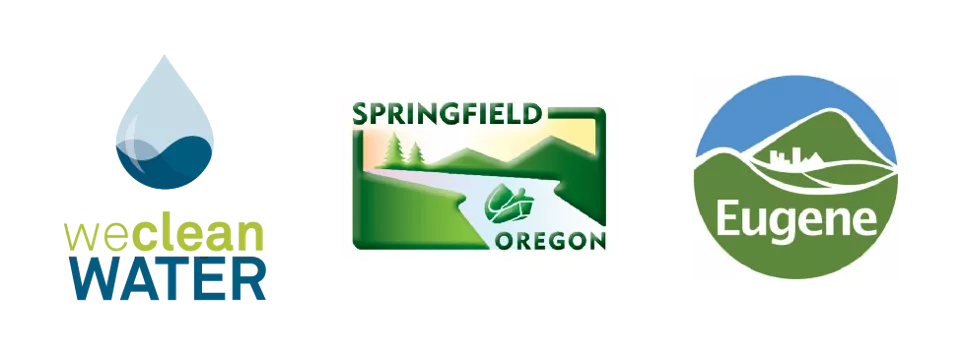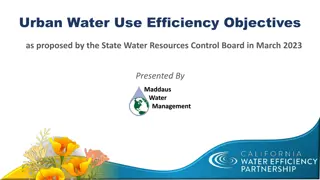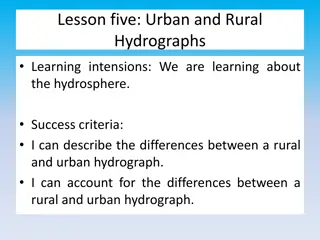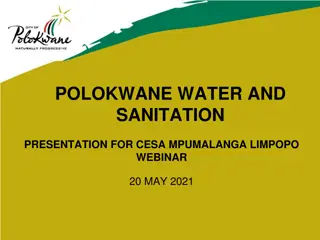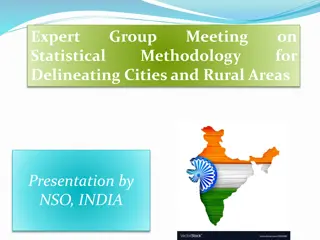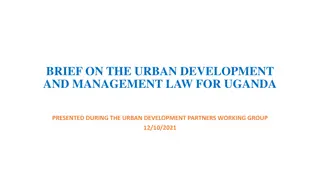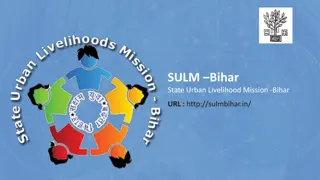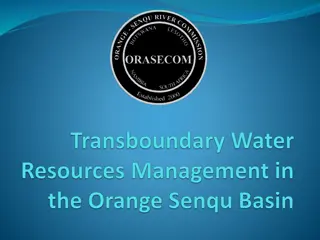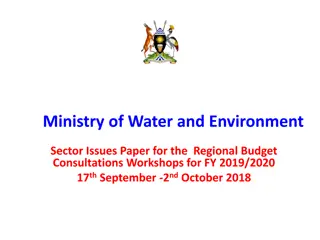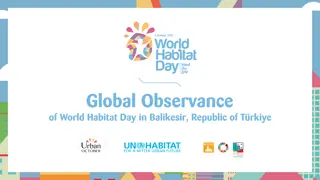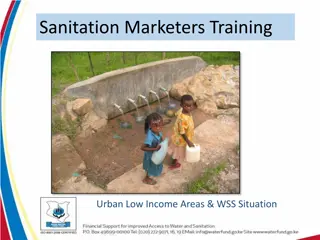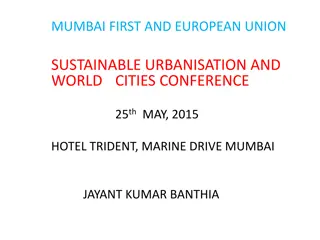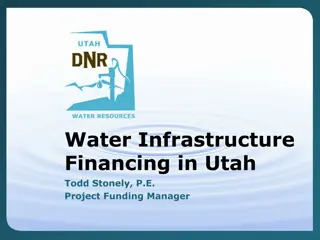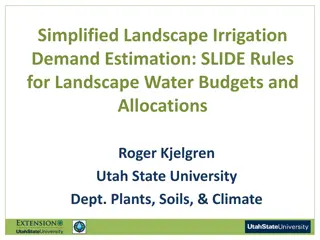Water Management in Urban Areas
Explore the journey of rainwater as it traverses streets, picking up pollutants, leading to its ultimate destination. Learn about the impact of pollutants like dog poop, fertilizers, and chemicals on water bodies. Discover the importance of water quality metrics, nutrients in soaps affecting waterways, and the role of aquatic macroinvertebrates in maintaining ecosystem balance. Gain insights into wastewater treatment processes, testing procedures, and quality standards ensuring clean water for communities.
Download Presentation

Please find below an Image/Link to download the presentation.
The content on the website is provided AS IS for your information and personal use only. It may not be sold, licensed, or shared on other websites without obtaining consent from the author. Download presentation by click this link. If you encounter any issues during the download, it is possible that the publisher has removed the file from their server.
E N D
Presentation Transcript
The place where rainwater ends up after flowing over streets, driveways, and lawns, picking up pollutants along the way
Dog poop, litter, chemicals, fertilizers, and motor oil
The metric that measures how acidic or basic water
A nutrient often found in soap that can negatively impact waterways by encouraging algae and weed growth
Water bugs that are visible to the naked eye and don t have a spine
The stage all macroinvertebrates start in, where development occurs after they hatch and before they become adults
Macroinvertebrates that go through metamorphosis
A macroinvertebrate with three tails and gills on the sides of its abdomen
Where dirty water goes to be cleaned after you flush the toilet or take a shower
Where the MWMC sends wastewater after it has been cleaned
The place where 22,000 tests are conducted each year to make sure wastewater meets water quality standards
The first step in the wastewater treatment process where items like trash and disposable wipes are physically removed
The number of Olympic-size pools the 35 million gallons of water the MWMC treats each day could fill
Organisms so small they can only be seen with a microscope
The phase of the wastewater treatment process where microorganisms eat pollutants out of the water
The place at the Wastewater Treatment Plant in which microorganisms are mixed with incoming wastewater
The process of adding oxygen to water to break down pollutants
A type of microorganism that eats bacteria, algae, and protozoa, indicating a longer aged system
The act of reducing the amount of pollutants that enter the wastewater system
Common solid pollutants that must be physically removed from wastewater at the treatment plant, since they don t break down in water like toilet paper does
Materials that harden in wastewater pipes when poured down the drain and can cause clogs
The only three items that should be flushed down the toilet
The act of taking good care of the resources we have and reducing waste
The material the MWMC produces from human waste that s used as a safe fertilizer on the Biocycle Farm and local grass farms
The type of trees the MWMC grows on its Biocycle Farm
Treated wastewater that is used to irrigate the poplar tree farm
The type of gas the MWMC is working to produce by converting energy generated in the wastewater treatment process into something that can be used as a clean fuel for cars








